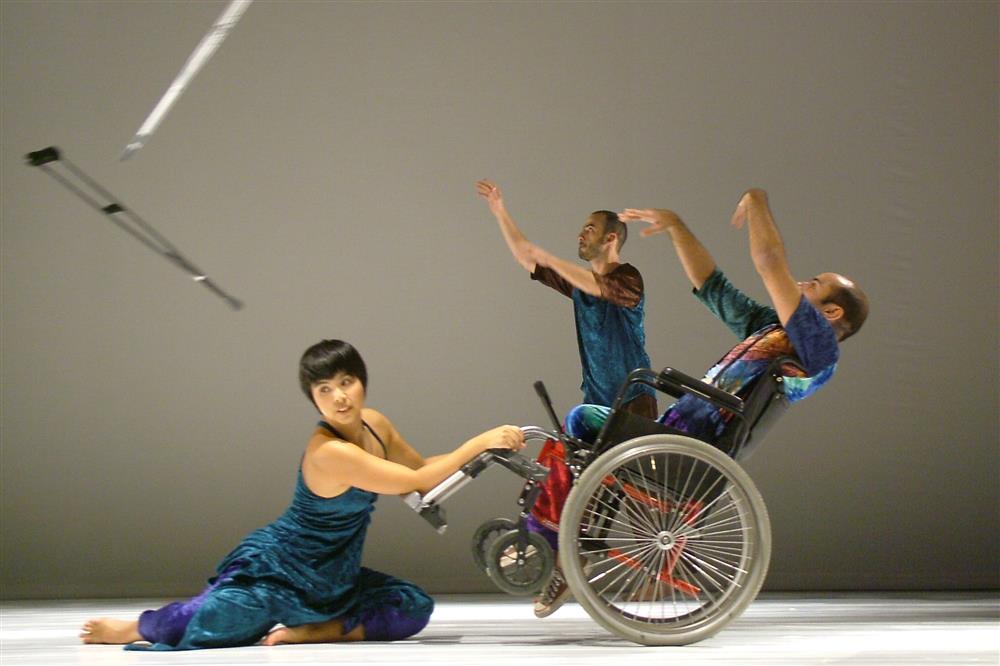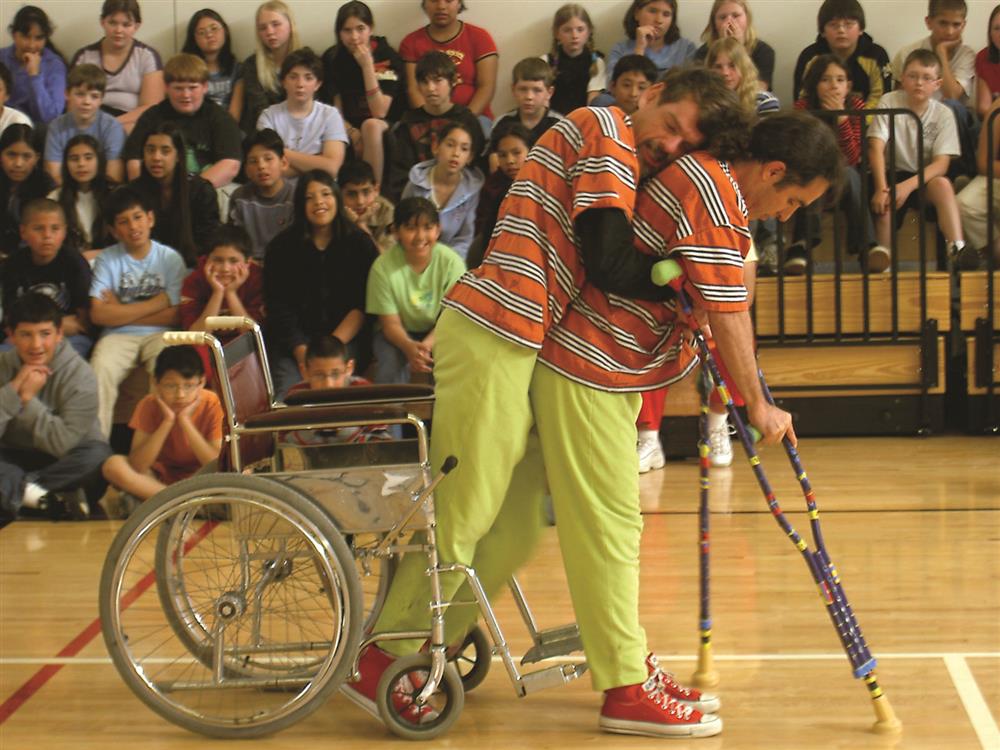Bringing dance and artistic expression to people with and without disabilities worldwide
- Organization
- DanceAbility
- Country of Implementation
- United States of America
- Region
- North America
- Start Year
- 1988
- First published
- 31.01.2019

Solution details
“DanceAbility erases the assumed distinction between able/disabled. For a time the separation is dissolved.” Steve Paxton, choreographer, dancer and founder of Contact Improvisation
Problems Targeted
People with and without disabilities are often separated from each other and there is limited access to activities that support artistic expression and physical activity in integrated settings.
Solution, Innovation and Impact
The DanceAbility method uses improvisational dance to promote artistic expression in mixed ability settings. Since 1996, the organization has run a four-week teacher certification course once or twice a year, covering choreography for mixed ability groups, physicality, and the core DanceAbility exercises. Five-day intensive workshops are also available to provide a grounding in the methodology. DanceAbility International has developed a Masters-level certification, first offered in 2015 and again in 2017, to scale-up the method further. This training was open to certified DanceAbility teachers so they could run the five-day intensive workshops. There are now 21 teachers from 12 countries who are Certified Master Teachers of the DanceAbility method. In 2017, 23,000 people with and without disabilites had access to the methodology, either as a participant or audience member, compared to 14,000 in 2014. Through the training, dance practitioners’ self-esteem and their exposure to people with different abilities increases. The curriculum supports mutual learning regardless of ability or disability and aims to cultivate cultural and artistic diversity through performance, collaboration and education. Trained teachers and choreographers bring more mixed-abilities dance to communities around the world.
Funding, Outlook and Transferability
The next development is a third level of certification so that Master Teachers can teach the four-week certification course and support further replication. There are detailed manuals of the three training programmes (intensive, teacher certification, and Masters level), including exercises and teaching techniques, designed to support wider distribution and replication. Approximately 50 per cent of funding for DanceAbility International comes from tuition fees, performance contract fees, tickets sales, licensing and merchandise. A five-day workshop costs $400 and the four-week (125 hours) certification course costs $1,650. The remaining funding comes from donations, foundations, and grants.
Media
Related information
- Connections
- 2
-
Organization
- People
